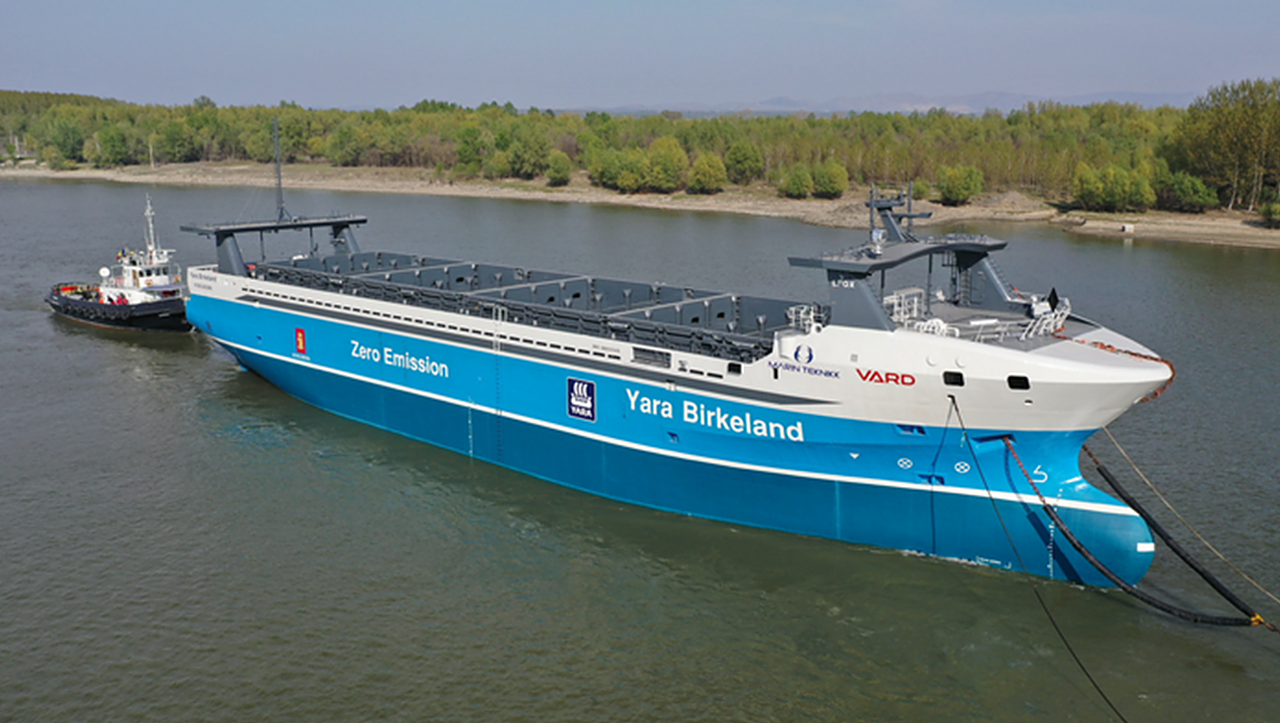
Maturing seaborne trade and increasing maritime tourism industry fuel the electric ship's market to grow at a CAGR of 10.6% between 2021 and 2027.
According to the latest report published by Valuates Reports under Automotive Industry Category, the global electric ships market, segmented by types, such as battery electric ships, plug-in hybrid electric ships, hybrid electric ships and application, is projected to reach $ 9361.4 million by 2027, from $ 5114.6 million in 2020.
The electric ships offer easy maintenance and low-cost operation and accommodate more cargo and passengers due to smaller powertrain sizes. This, in turn, is expected to drive the growth of the electric ship's market.
The need for an electric-powered marine ship has grown in response to the growing need to reduce carbon footprints and reduce fuel waste. Furthermore, the electric ship market is increasing due to shipbuilders' increased focus on minimising noise created by marine vessel propulsion systems.
Some of the leading companies in the market include Boesch Motorboote, Duffy Electric Boat, Ruban Bleu, Torqeedo, Triton Submarines, Corvus Energy, Electrovaya, Saft and Tamarack Lake Electric Boat Company.
Influencing Trends
According to Valuates Reports, the increase of seaborne trade and the growing maritime tourism industry are two important factors driving the electric ships market. The report predicts that in 2020, the maritime vehicle will transport over 80% of the world's commerce by volume, making it the backbone of global exchange and economics. In addition, the seaborne exchange continues to grow, bringing benefits to customers worldwide through lower cargo costs. This is expected to propel the global market forward during the forecasted time frame.
Several government programmes aimed at reducing carbon emissions, such as incentives for purchasing electric-powered transportation ships, are projected to drive the electric ships' market expansion throughout the forecast period.
Compared to a conventional system, the area required for installing electrical propulsion machinery is relatively small and compact. Besides, it has increased payload through the flexible location of machinery components. Furthermore, the propeller shaft and primary mover are not connected directly, the transmission of severe stresses such as torsional and vibration is limited. Such advantages are expected to increase the adoption of electric ships further, thereby driving the growth of the electric ship market.
Increasing competition among various end-users, such as trade, transportation, and logistics, has forced service providers to cut operational costs, such as fuel consumption and huge crews, to enhance their profit margin and reach breakeven. Thus the move by the logistics and transportation service providers to decrease operational cost is expected to increase the growth of the electric ship market.
Battery-operated vessels
Based on type, the battery-operated vessels segment is expected to be the most lucrative segment. This is because a battery-powered vessel contributes to a more environmentally friendly marine operation and increases efficiency and reliability.
Based on region, the European market is expected to be the most lucrative. The rapid expansion of technologically advanced electric ships in Europe is the main reason for the region's leadership in the electric ship sector. In addition, the expansion of manufacturing industries in Europe and the rising commercial and defence marine industries is motivating electric ship producers to introduce technologically innovative and efficient solutions across a wide range of vessel types, the research firm added.
Courtesy: Valuates Reports. NB: Photo is representational; courtesy: Yara Birkeland.